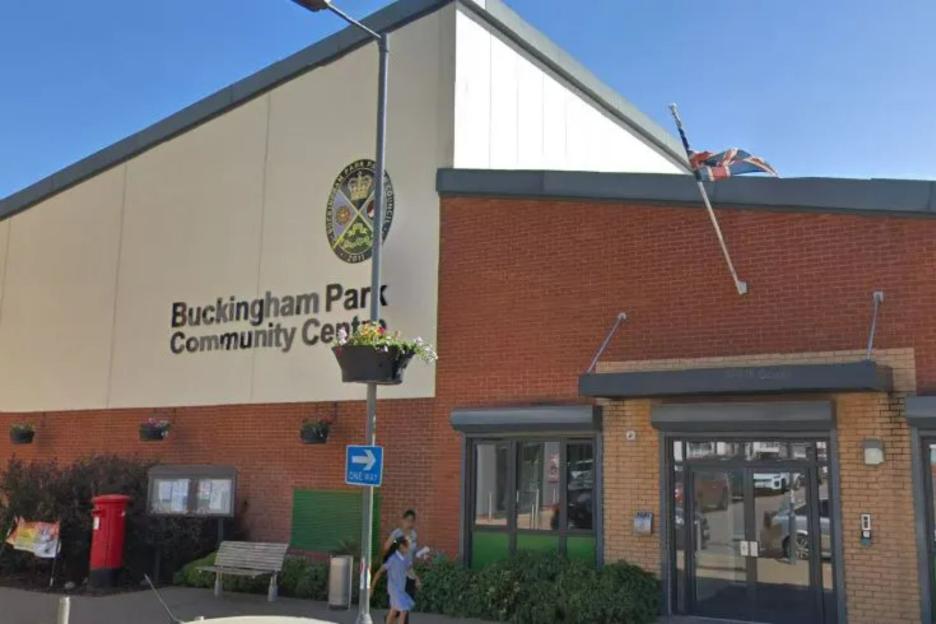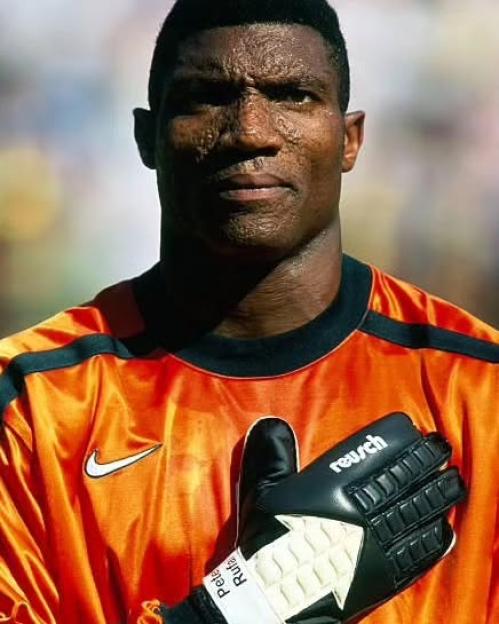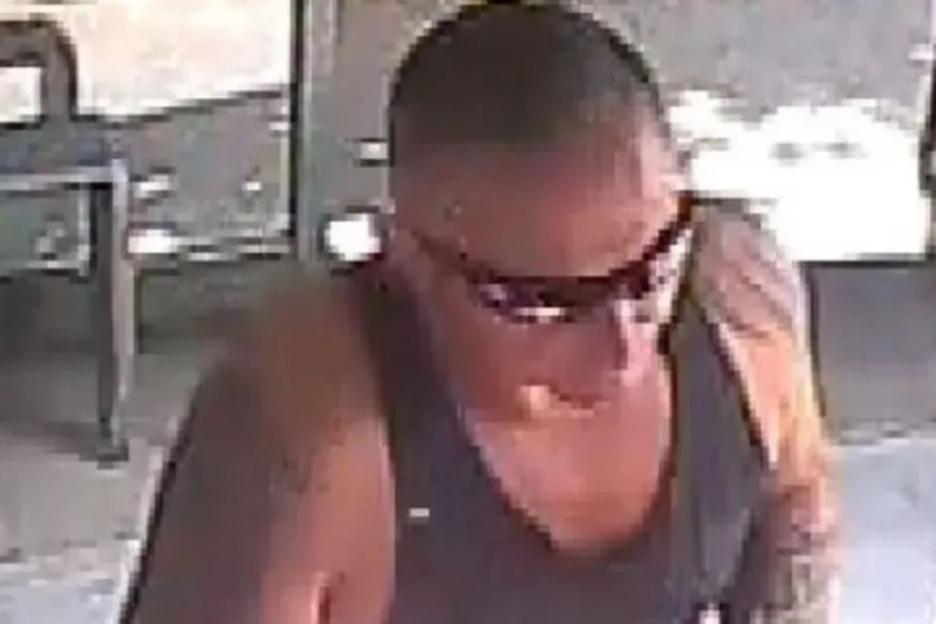Bobby Goodlatte has only been an investor for about a decade, but he appears to have already made tens of millions of dollars, contrary to the expectations of some traditional VCs who have privately, and publicly, griped that too many novice investors have flooded into the industry.
“I remember a very prominent investor saying at the time, ‘All these new angel investors, they're all going to lose all their money; they're fools for doing this,” recalls Goodlatte, who was recruited out of college to become a product designer at Facebook and left four years later, when the company went public. “I'm glad that I didn't get shaken off of it.”;
As it happens, Goodlatte’s second check — from his own pocket — went to Coinbase. It was an auspicious start for Goodlatte, who more recently formed his first institutional fund, Form Capital, with entrepreneur Josh Williams, an outfit that offers up to 40 hours of design help with logos or packaging or whatever else a team might need, with each check that it writes.
We talked with Goodlatte this week about the venture firm and its $12 million debut fund, which is largely funded by Goodlatte (it also counts the fund of funds Cendana Capital as a limited partner). He shared why he thinks the biggest returns in the coming years will flow to very small funds that feature a big financial commitment from the general partners. He talked about investing in other small funds to ensure strong deal flow. He also shared why three months ago he moved to Miami, where he believes a “movement” is afoot. Excerpts from that chat follow, edited lightly for length and clarity.
TC: You were an early designer on Facebook's user growth team, working with Chamath Palihapitiya, among others. It's interesting that you stayed for just four years, leaving in 2012 when the company went public.
BG: I had given some thought to staying longer, and obviously many of my friends are still there and have risen the ranks and done extremely well. I was just very eager to get started as an investor . . . and at the time, Facebook was saying, ‘Well, you can't stay here and do angel investing.' Little did I know that some people skirted the rules a bit and ended up angel investing [without leaving]. But I was very excited to dig in and quite glad that I got started when I did [because] my second-ever angel investment was in Coinbase and had I stayed longer, maybe I would have missed that one.
TC: You've mentioned in the past that you'd been a Bitcoin nerd and followed some of the discussion threads that others might have missed. What sparked that early interest?
BG: There's that famous William Gibson quote: “The future is already here — it's just not evenly distributed.” I think about that in quite literal terms in the sense that there are sort of pockets of the future, these bubble hiding all around. In 2012, think the Bitcoin subreddit was this bubble where, within it, people were talking very excitedly about Bitcoin and if you weren't in it, you would kind of scratch your head about it. . . . I felt a similar feeling about Facebook back in the day. I was a college student when Facebook launched, and everyone who was in college at the time was kind of privy to this future that was quite obvious amongst college students. But if you weren't in college, people would kind of scratch their heads and say, ‘I don't really understand what's going on.'
TC: Can you comment on your return from Coinbase? You were an investor in the A, C and E rounds. Is there anything you can say about the cash on cash return?
BG: A lot of this is fairly public knowledge at this point, but the Series A cost basis was 20 cents, so folks can kind of do math based on that.
I think so much of startup investing is [that] you can kind of have a prepared mind about things, but there's also an element of luck about it. I don't think I had complete foresight when I made the investment that Coinbase was going to be an $80 billion-plus company. I thought it was going to be successful. But it has clearly eclipsed even my greatest expectations, and I feel very lucky and fortunate to have to realized that.
TC: There are various on-ramps to VC these days, including AngelList syndicates and rolling funds. Did you ever take advantage of these or did you keep writing checks from your own pocket before founding Form Capital?
BG: I don't know if I should should be embarrassed to say this or not, but when I first got my start as an angel, I got advice from financial advisors and who said, ‘When it comes to angel investing, only invest a tiny percentage of your of your overall net worth into this.' And to be honest, I maybe foolishly ignored that advice. Obviously, it has netted out in the long term, [but] it was large risk I took. I did 40 deals out of my own pocket. I was sort of getting closer to the end of running out of tape.
[At that point] I wound up investing through a small scout like fund for a few deals and hit some hit some incredible deals through that [and] I was able to play around, investing at a larger check size. It also helped me sort of step-stone up to doing [Form Capital]. But yeah, I kind of ignored a lot of the advice and put a lot of my own personal net worth into into seed-stage investing and thankfully, it all worked out. Otherwise, I could have been in trouble. I think the advice is well-considered.
TC: How might you advise someone just spinning out of, say, Coinbase and thinking about jumping into angel investing? Go it alone? Use one of these other products?
BG: I think it depends on their risk profile and their own appetite and whether they truly enjoy this type of work, because it can become a lot of work. If you want to develop a real portfolio, you have to take a lot of meetings, you have to make yourself available and put yourself out there in a way that I think a lot of folks who wind up getting a very meaningful personal exit may not want. For those folks who are trying to break into venture who haven't had this sort of exit, I say go for it. I say welcome. Let's go invest together. Honestly, there's a lot of space for small check investors. I think the folks writing small collaborative checks have an incredible opportunity to post some insane multiples.
TC: You stress collaboration. Are people more or less collaborative when you started in 2012? Seed-size checks are getting bigger, which suggests things have grown more competitive.
BG: There was a period where it was extremely competitive, and for some folks who are deploying out of a certain fund size, it might feel extremely competitive right now To me, it feels at its most collaborative, including because I am personally an LP in a number of tiny funds [headed by] tremendously talented managers who are just getting their start . . .
I do think there are a number of funds that raised more than they should have; I think there's a danger zone somewhere around $80 million where you're forced to be a lead investor and you can't be a collaborative investor and so it becomes this slug-it-out, duke-it-out [situation] with other other funds as to who's going to be the lead writer on a given deal . . .
If you're aiming to write a large check, let's say $1.5 million, and the founder comes back to you and says, ‘We can't do that, but we can give you a $150,000 allocation,' that's just absolutely fatal to somebody trying to deploy a very large seed fund, versus if my target check size is something like $250,000. If I get squeezed down to $150,000, I can actually make that work economically within the fund math.
TC: So you'll write a check as small as $150,000. What's the upper boundary, and how much ownership are you targeting when you fund a startup?
BG: It's upwards of $500,000, give or take, and our target is 3%. But, again, part of the joy of being a small fund manager is more flexibility in terms of of constructing a portfolio. In the cases where we may get squeezed down a little bit, or we want to invest at a slightly higher valuation than is typical, we can paint outside the lines a tiny bit more.
TC: Meaning bigger checks? Do you typically raise special purpose vehicles, or SPVS, in order to take a bigger bite of certain companies?
BG: One pattern for that was my personal investment in Coinbase. By being close to the company, by helping on a few very minor things over the years in terms of design, in terms of making connections to design firms and helping recruit some designers, they gave me follow-on allocations. And then in the Series E, I was able to raise an SPV into the deal based on the idea of building a deep relationship with the company.
That's essentially the model going forward. We may or may not continue to pursue SPVs. We may pick a different vehicle in the future for how to deploy that follow-on capital. But the idea is: wedge in early with a small check, put a lot of skin in the game on that check [with a bigger general partner commitment in the fund than is typical], and build a relationship and try to be disproportionately helpful relative to our check size.
TC: You tweeted that for that SPV, you pitched 50 different parties, and only three said yes.
I invested a total of 3 times into Coinbase, including an SPV I raised into the last round.
I pitched the SPV to almost 50 different parties. Only three said yes. 🤷â€â™‚ï¸
Tempted to email the Fortune article to the other 47 😂
— Bobby Goodlatte (@rsg) December 17, 2020
BG: Yeah, it was amazing in late 2018 how in the dumps the crypto market was, and people thought that the overall stock market was going to be heading that way, so this was a very, very difficult SPV to raise. I wasn't the only person who had one, and so there was some amount of market competition. Then just the nature of SPVs is such that you get your allocation, and bang goes the starting gun, and you need to very quickly talk to a lot of people.
[Still] it is remarkable how quickly the perception of that company has changed over just two short years, give or take. I give a lot of credit to the investors who backed us on that SPV because they they took the risk with us. I've had a number of people [since] say, ‘Oh, you should have called me, I would have invested.' And maybe they would, maybe they wouldn't have.
TC: You talked at the outset about communities and bubbles and I can't help but wonder if you think you are hearing about more interesting deals, having moved recently to Miami three months ago, than you would in the Bay Area.
BG: It does really feel like that's the case, and I started seeing this maybe in late November, and then very quickly said, ‘Okay, why not? This feels fun, this feels exciting.' And I'm glad I made the jump, because while I love San Francisco — I think San Francisco is a tremendous place [that] will always be one of the great tech epicenters of the world — I think a lot of folks moved here because they were looking to change things up. And the energy that comes from that, where everyone's trying to make this work, is really quite exciting.
A lot of people said, ‘Oh, you're going to miss out on things by moving to Miami, you're going to take a step back in your career.' And really, it's been the opposite of that. It's been a total accelerant of my career and investing.
We're an interesting fit for Miami because Miami is known as being a design capital, and we're a really design-driven fund, and there's a lot of parallels there. [But I also realized that] I can be one of many thousands of new funds based in the Bay Area, or I can be one of a tiny handful based here in Miami and get all these tailwinds and have the mayor hype us up, and that sounds like a good deal to me.
Pictured above, left to right: Goodlatte with Coinbase cofounder Fred Ehrsam, who more recently cofounded the cryptocurrency investment firm Paradigm.





